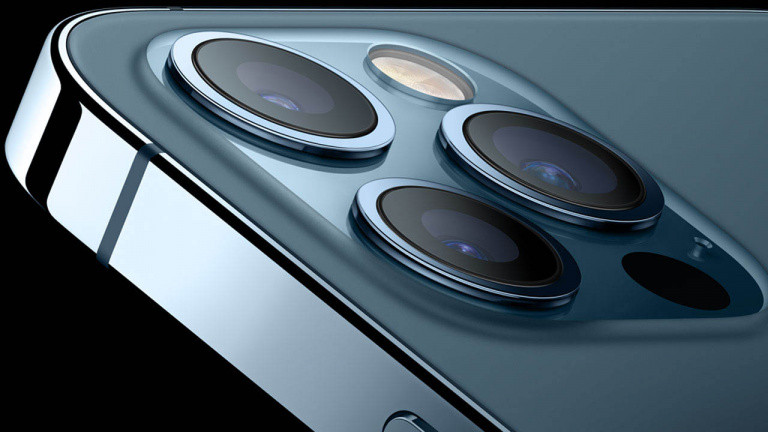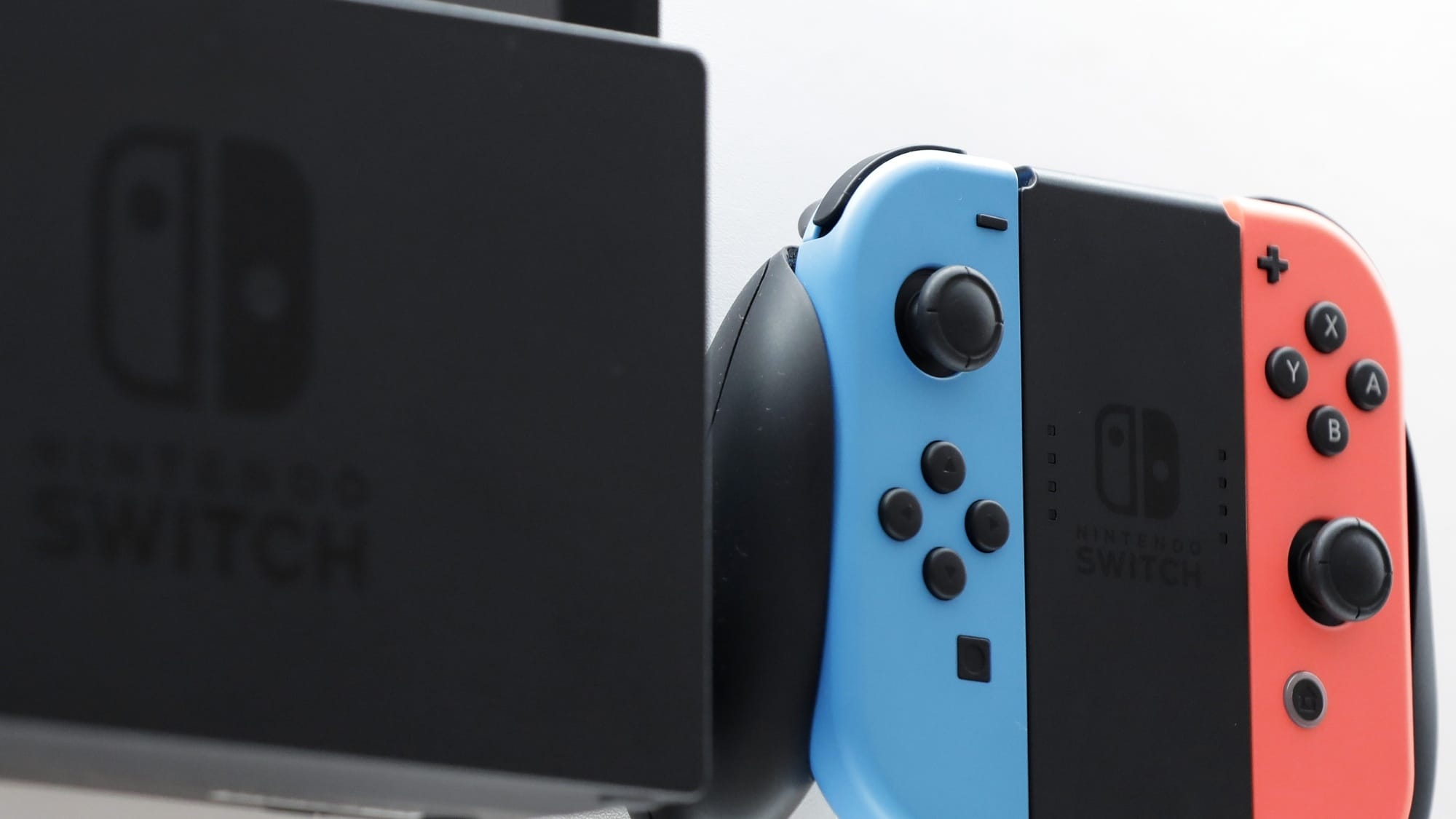News hardware iPhone 13: price, release date, performance, design … everything you need to know about Apple’s next smartphone
,
It’s been 14 years since the first iPhone came out and Apple renews its flagship product every year. Last October, the iPhone 12 was released with a new design and a new ultra-powerful chip. The next generation of iPhone should arrive in at least 5 to 6 months, but a lot of news and rumors are circulating. Let’s take stock of what we already know.
Apple may hold keynotes on a regular basis to introduce new MacBooks, new iPads, or new headphones. In fact, it is the annual launch of the new iPhones that draws the most attention. In 2020, the release of the latest generation of Apple smartphones was slightly postponed due to the pandemic, and we were able to discover them in October. The iPhone 12 was a big step for Apple, including a design change – the first real one since the iPhone X was released in 2017 – the introduction of the A14 Bionic chip and 5G. For all of these reasons The next iPhone (which we refer to as the “iPhone 13” by default here, but which could be called the “iPhone 12S”) should be a smooth evolution of the iPhone 12, with what it takes to improve the quality of the user experience. Of course, Apple hasn’t revealed anything about it yet, but as usual, several rumors and other “leaks” have surfaced on the Internet in the past few weeks.
How many models for iPhone 13?
An “alleged” rendering of the iPhone 13 (Source: Gizchina)

This has become a tradition at Apple: The iPhone is available in different versions and formats. This year it’s hard to see why the situation would be any different, especially as each model seems to have some success. We can therefore expect an iPhone 13 mini for those who want a small screen, a “classic” iPhone 13 that will remain the reference model, an iPhone 13 Pro with an emphasis on photos and videos, and finally an iPhone 13 Pro Max for lovers of big screens. It would be surprising if Apple were to bring out an additional model, besides possibly an iPhone 13 Max that allows you to enjoy a more comfortable display without paying the price of an iPhone 13 Pro Max.
What prices for the iPhone 13?
In terms of tariffs, things should change relatively little. Apple doesn’t end up increasing its prices very often (but it just sticks to a high price, as some would say) and hasn’t increased the price of the recently introduced new iPad Pro, for example. The price of the various iPhone 13s should therefore be essentially identical to that of the iPhone 12s, namely:
- iPhone 13 mini : around 800 $
- iPhone 13 : around 900 $
- iPhone 13 Pro : around 1160 $
- iPhone 13 Pro max : around 1260 $
A partially redesigned design with the arrival of a fingerprint sensor?
We said at the beginning of the article: The iPhone 13 should probably keep the design of the iPhone 12, Apple has used the same “housing” for several iPhone generations. We will therefore find straight edges and rounded corners, but with some tweaks. The Twitter account “DuanRi” – used to leak from Chinese factories – has in fact released what appears to be the screen front of the next iPhone. Remarkable difference to the iPhone 12: The notch for FaceID cameras looks a bit smaller and loses a bit of length. The format of this notch is a recurring bug that users have pointed out since the iPhone X, but Apple has never been able to do without it as it allows integration of the TrueDepths sensors required to operate Face ID. For the iPhone 13, the manufacturer would have done some real optimization work to reduce the size of the notch, at least in length.

The same DuanRi account also shared a side chart of the iPhone 13 Pro Max with a comparison to the iPhone 12 Pro Max. There is a slightly larger photo block (logical, since the “Pro” versions of the iPhone are heavily dependent on this aspect) and a slightly larger thickness. Compared to the iPhone 12. Specifically, this means that if you switch from the iPhone 12 Pro Max to the 13 Pro Max, you will likely have to change the protective cover.


Another interesting rumor should be noted: the presence of a fingerprint sensor in addition to face recognition, useful for unlocking your smartphone or paying with Apple Pay. As with many Android smartphones, the latter can be located under the screen or, as with the latest iPad Air, integrated on the power button.
Finally 120 Hz for the screen of the iPhone 13?
The screen sizes of the various iPhone 13s shouldn’t change significantly compared to the iPhone 12s because the ratio of screen size to frame doesn’t change. So we would have a diagonal of 5.4 inches for the iPhone 13 mini, 6.1 inches for the iPhone 13 and the iPhone 13 Pro and 6.7 inches for the iPhone 13 Pro Max. The question remains about the panel type and the Refresh rate. As with the iPhone 12, the Oled is likely reserved for the 13 Pro and 13 Pro Max models, while the iPhone 13 will remain on the LCD. On the other hand, Some models could finally switch to “ProMotion”, ie 120 Hz. Apple is currently blocked at 60 Hz on these iPhones, while the iPad Pro has already increased the refresh rate. This year, however, the 120 Hz would be reserved for the iPhone 13 Pro and 13 Pro Max. In particular, we know that Samsung will supply Apple Oled LTPO (Low Temperature Polycrystalline Oxide) panels. LTPO panels have the advantage that they consume less (drop of around 15 to 20%) and allow a variable update rate. As with many Android smartphones, the screen of the iPhone 13 Pro would adjust its refresh rate depending on the use: it is very low for videos or photos, for example, but increases in games or in the iOS interface. Use of LTPO would also make it possible to use an “always on” functionThis enables the screen to display certain information (e.g. the time) at all times, even when the device is in standby mode.

The advantages of 120 Hz and more on smartphones are obvious and convey an additional impression of fluidity. The arrival of “TrueMotion” on the iPhone is therefore excellent news in itself. It remains to be seen what effect this will have on the autonomy of the device.
Performance and autonomy: always going further with a new A15 chip

Last year, the iPhone 12s used an Apple-designed A14 Bionic chip. Logical, The iPhone 13 should welcome its successor, which should be called A5 or A15 Bionic. It would be engraved in 5nm again, but with a more efficient engraving process (what is referred to as 5nm +). The aim is of course to improve performance, but also to benefit from better energy efficiency and thus increase autonomy. On the connectivity side, the iPhone 13 will of course be 5G compatible if there is a Qualcomm X60 modem. The latter is more efficient in terms of energy management (5G consumes a lot) and is compatible with millimeter 5G and in the 6 GHz band, which theoretically offers much higher speeds. Also note the introduction of WiFi 6E, which is compatible with a wider frequency range.
Here, for now, what to decently wait for the iPhone 13. The next smartphone from Apple should therefore consolidate in particular the very good bases of the iPhone 12 with a whole series of more or less important improvements at all levels. The really big changes shouldn’t come until 2022 anyway, and there is hope that the component shortage that is currently affecting the tech world won’t have too much of an impact on product release.

Buy the iPhone 12 at the best price
Offers
Fnac market square
$ 768.00Free shipping
Fnac
$ 849.00Pick up in store
Cdiscount
$ 849.00Free shipping
Boulanger
$ 849.00Pick up in store
Amazon
$ 849.00Free shipping
Darty
$ 849.00Pick up in store
By Jiikaa, Journalist igamesnews.com
MP
Table of Contents








